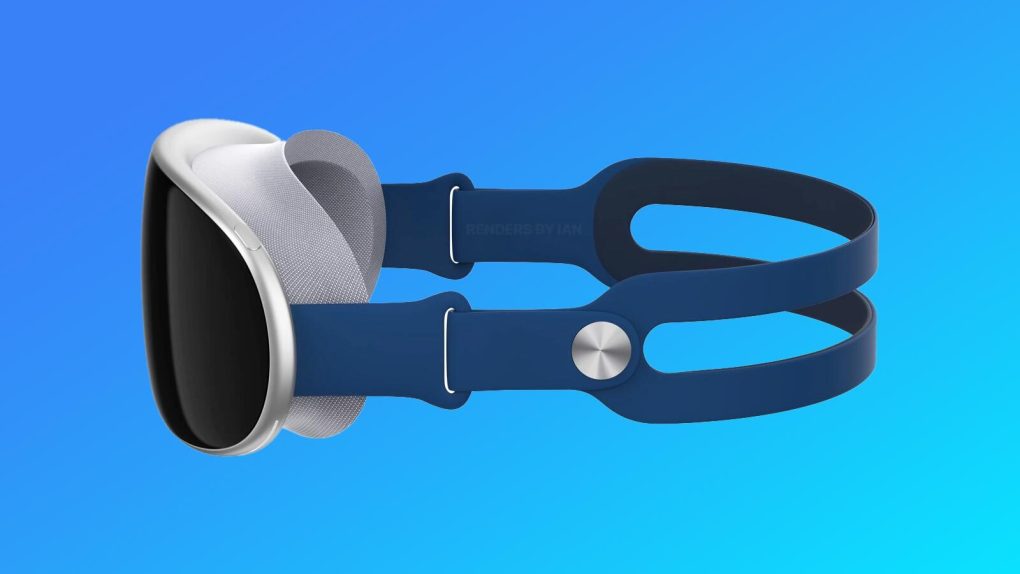Apple is expected to revolutionize any new product category it enters because that’s what the company has always done. The list includes iTunes, iPod, iPhone, iPad, Apple Watch, AirPods, and MacBook. Apple wasn’t first in any of those categories, yet its products set new standards in each of them, with rivals tripping over themselves to copy Apple’s innovations. When the first-gen mixed reality (MR) glasses drop next year, Apple will likely revolutionize that industry too.
Apple is yet to unveil realityOS, the iOS-based operating system rumored to power the MR headset and Apple’s future AR glasses. Yet a top Apple insider has explained how the product will revolutionize the industry.
Mixed reality combines two experiences into one: AR and VR. Virtual reality (VR) is obviously the more popular of the two right now.
VR uses a headset to display content directly in front of the wearer’s eyes. VR devices are available from various companies, including HTC, Sony PlayStation, and Facebook (Meta). They’re relatively affordable and feature similar designs. And they work when connected to computers that process the VR data.

The current AR/VR landscape is in need of disruption
Augmented reality (AR) is the more exciting of the two technologies. It’s also the more complex one.
With AR, companies like Apple will display digital content over real-life objects. Like showing text messages or navigation directions using a device that will resemble prescription glasses.
Unlike VR, AR devices are in their early days. Existing devices have limited functionality and require a connection to a smart device like a smartphone. More sophisticated features will require tech advancements to bring the power of a computer to a pair of glasses.
Complex experiences will be possible with AR, like displaying virtual computer displays on top of a real desk, but that’s years away.
When it comes to MR, Microsoft’s HoloLens is probably one of the best options you have. However, it’s hardly the kind of device regular consumers can use. It’s very expensive and it targets the workplace.
Apple’s first-gen MR device might be able to offer some of those sophisticated AR experiences with the same obvious drawbacks. The headset will be expensive and bulky, covering the user’s eyes. Therefore, you’ll want to use the MR glasses at home or at the office rather than out in the wild. But Apple’s MR glasses aren’t just about work.
This brings us to a pair of tweets from Ming-Chi Kuo, the prominent Apple analyst who has been leaking plenty of details about Apple’s first-gen MR device.
Most recently, the leaker said he expects Apple to unveil the mixed reality glasses in early January 2023. Apple will then open preorders for the MR glasses in the second quarter, with the headset hitting shelves during the period.
How Apple’s MR glasses will “just work”
Earlier, Kuo said that Apple would not unveil realityOS at WWDC 2022, and risk competitors stealing its ideas before the MR glasses are ready to hit sales. His prediction contradicted other reports, but it was correct. Apple made no mention of realityOS, although plenty of new software features it unveiled at the show could work on mixed reality devices.
Kuo never explained what sort of software novelties Apple competitors might want to steal, and it’s unlikely that he’ll have early access to any of that. The analyst leverages his connections to Apple’s supply chain to predict the company’s moves. But he did reveal one of the MR glasses’ features that will help Apple revolutionize the industry.
According to Kuo, the MR glasses will switch seamlessly between VR and AR experiences. That’s something unavailable from other commercial devices right now.
“Now everyone knows what a VR experience is and what an AR experience may look like,” Kuo said. “But for most people, it’s hard to imagine what kind of innovative experience the smooth switching between AR and VR can provide, and it may be one of key selling points of Apple’s headset.”
He continued, “I think a complete mixed reality is not only the hardware that can support both AR and VR but the ability to integrate AR and VR and switch them smoothly for different scenarios.”
That’s just speculation, of course. But it’s the kind of speculation that makes sense, considering Apple’s way of creating consumer experiences that should “just work”. And remember, Kuo has a phenomenal track record when it comes to Apple’s unannounced plans.
More Apple coverage: For more Apple news, visit our iPhone 14 guide.







